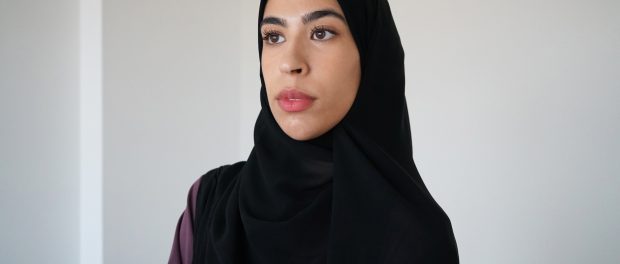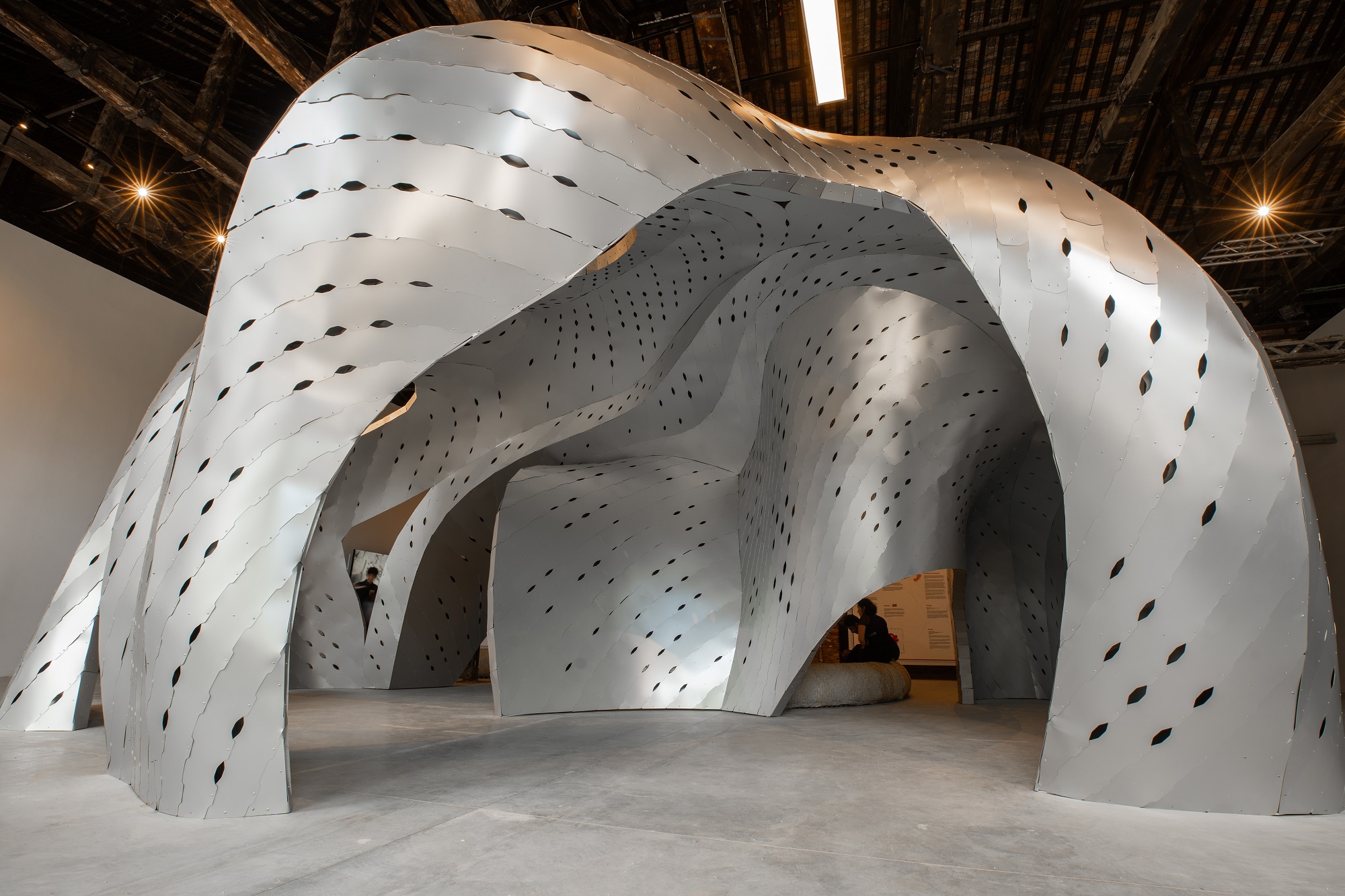Sultanate of Oman opens its first-ever pavilion at the 19th International Architecture Exhibition – La Biennale di Venezia
 Majeda Alhinai, Traces Curator
Majeda Alhinai, Traces Curator
The Sultanate of Oman marks its debut at the 19th International Architecture Exhibition of La Biennale di Venezia with Traces, curated by Omani architect Majeda Alhinai. The pavilion draws from the Sablah, Oman’s traditional communal gathering space, to present a powerful architectural proposition grounded in cultural continuity and spatial intelligence.
Traces is a space for hosting, gathering, and reflection. It draws on the logic of informal civic structures found across Oman and reframes them for contemporary public life. The Sablah is not used here as a reference or image. It operates as a method. Its spatial and social qualities, open circulation, shared presence, adaptability, and hospitality are translated into architectural terms. The pavilion applies this embedded logic to propose a new type of civic space that remains rooted in cultural specificity while addressing global questions of collectivity, reuse, and architectural responsibility.
The pavilion is built entirely from raw aluminum, formed through a custom system of folded and cut panels. Each panel features precision-cut perforations that derive from a catalog of patterns abstracted from Omani cultural practices, palm frond weaving, carved wooden doors, and the branching geometry of the Falaj irrigation system. These references are not aesthetic motifs. They operate as architectural instructions that shape light, space, and structure.
The entire assembly was conceived to be transported and reassembled in its entirety. Every component, from substructure to skin, has been designed for disassembly without material loss. The structure will be permanently installed in Oman following the Biennale, maintaining its scale and function as a civic space.
The form of the pavilion offers no fixed program. It is an open surface that invites occupation. There are no thresholds or enclosures, no singular axis of movement. Visitors pass through, linger, and gather. The curving geometry produces spatial variation, compression and release, exposure and enclosure without relying on conventional architectural boundaries. The architecture performs as a host, shaped by the same principles of hospitality and dialogue that define the Sablah.
Curator Majeda Alhinai explains: “Traces offers a spatial framework built from the cultural intelligence of Omani practices. It shows how architecture can emerge from inherited systems of making, maintenance, and adaptation. The pavilion is not a symbol of tradition. It is a working model for how civic space can be reimagined through embedded knowledge.”
The Sultanate of Oman’s participation in the Biennale reflects a broader ambition to engage critically with contemporary discourse while remaining grounded in its own spatial traditions. The project aligns with Oman Vision 2040 and contributes to a long-term commitment to cultural sustainability, architectural innovation, and international collaboration.
The Omani Pavilion at the 19th International Architecture Exhibition – La Biennale di Venezia will be open to the public from Saturday, 10 May to Sunday, 23 November 2025.


